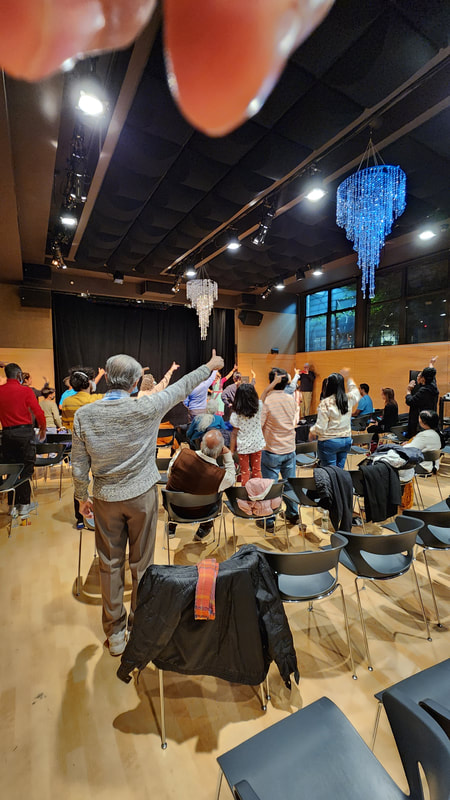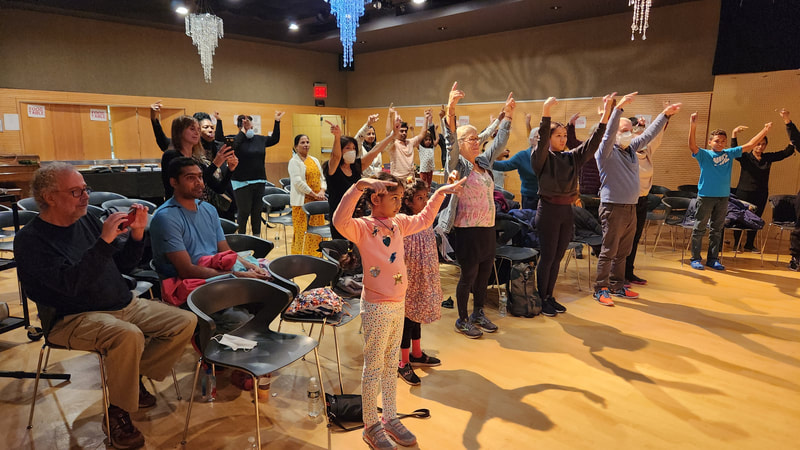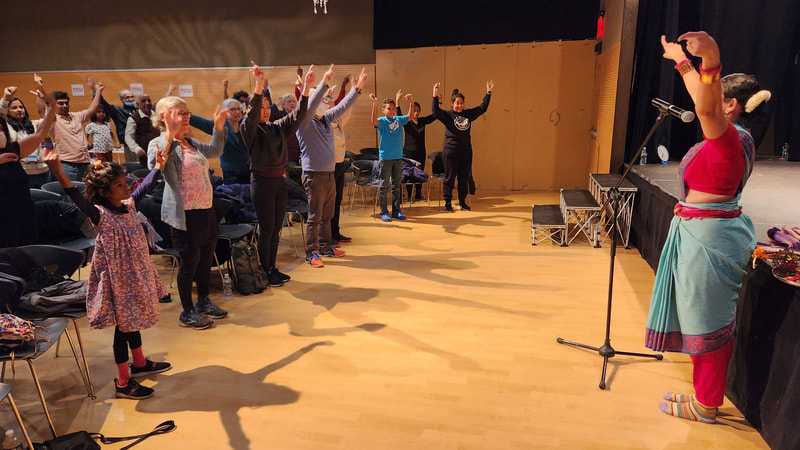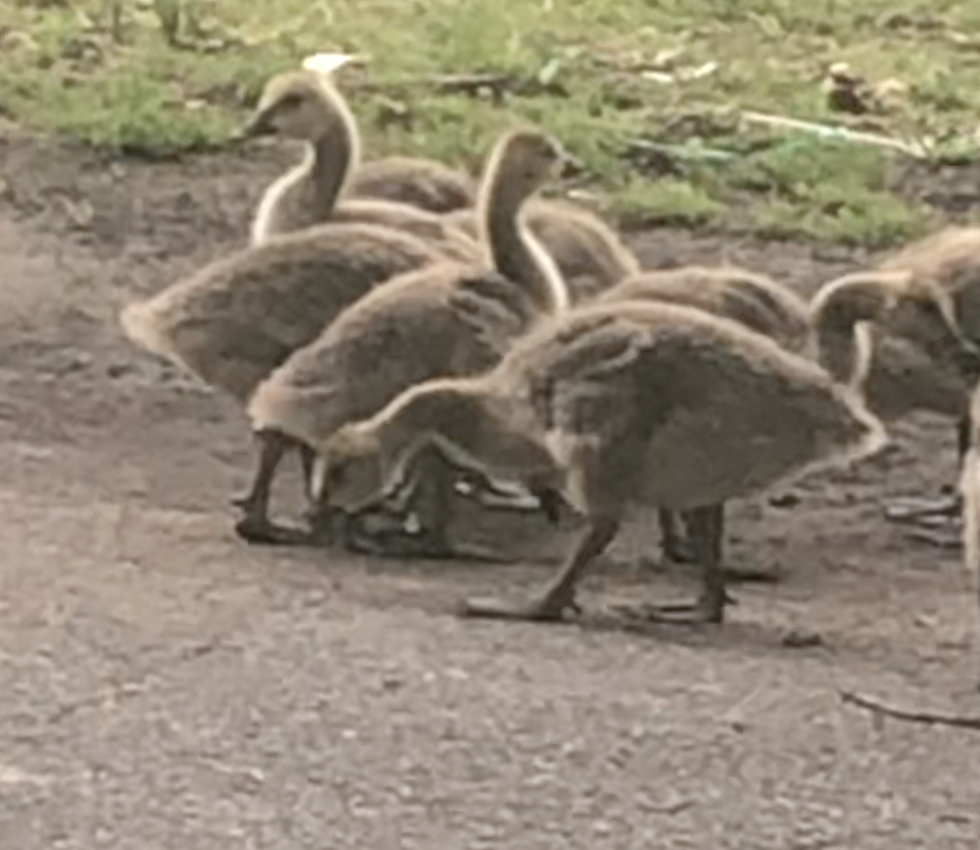Complexity in Science and DanceThe disciplines of science and dance both require us to make sense of complex information. For example, to develop a paper like this one on infantile spasms [1]. I researched what infantile spasms are, their symptoms, what causes them, and the treatments available. Once I had this information, I contextualized the research that was done by various teams in light of current knowledge about infantile spasms. Scientists work with complex (and sometimes contrary) information all the time; we are trained to make order of the (sometimes messy) information that is in front of us. For example, we learn how to critically appraise source documents to check the validity of a certain statement, how to scientifically and objectively appraise such documents, and as the case may be, acknowledge the limitations of the data and evidence. In Bharatanatyam too, we are presented with a lot of information; these include the words and melody of the music, the movement patterns, the history, philosophy, and even the symbolism of the choreography, and the history and philosophy behind a certain piece. Once we have learned the piece and are thinking of presenting it on stage, we still have to think about the dimensions of the stage, the color scheme of our costume, and how the piece may work with the space and music (either recorded or live). While training plays a big role in how we perceive and respond to complexity for highly skilled and technically demanding fields such as science or dance, we all deal with complexity all the time. In the images below taken as part of a public performance at the Goddard Riverside Community Arts Program, you can see the audience focusing their attention, learning and understanding the meaning of the slokam I am showing, and replicating my actions. Literature cited:
0 Comments
Leave a Reply. |
About SlokaMy name is Sloka. I am a neuroscientist and Bharatanatyam dancer; you can find more about me here. Archives
June 2024
|



